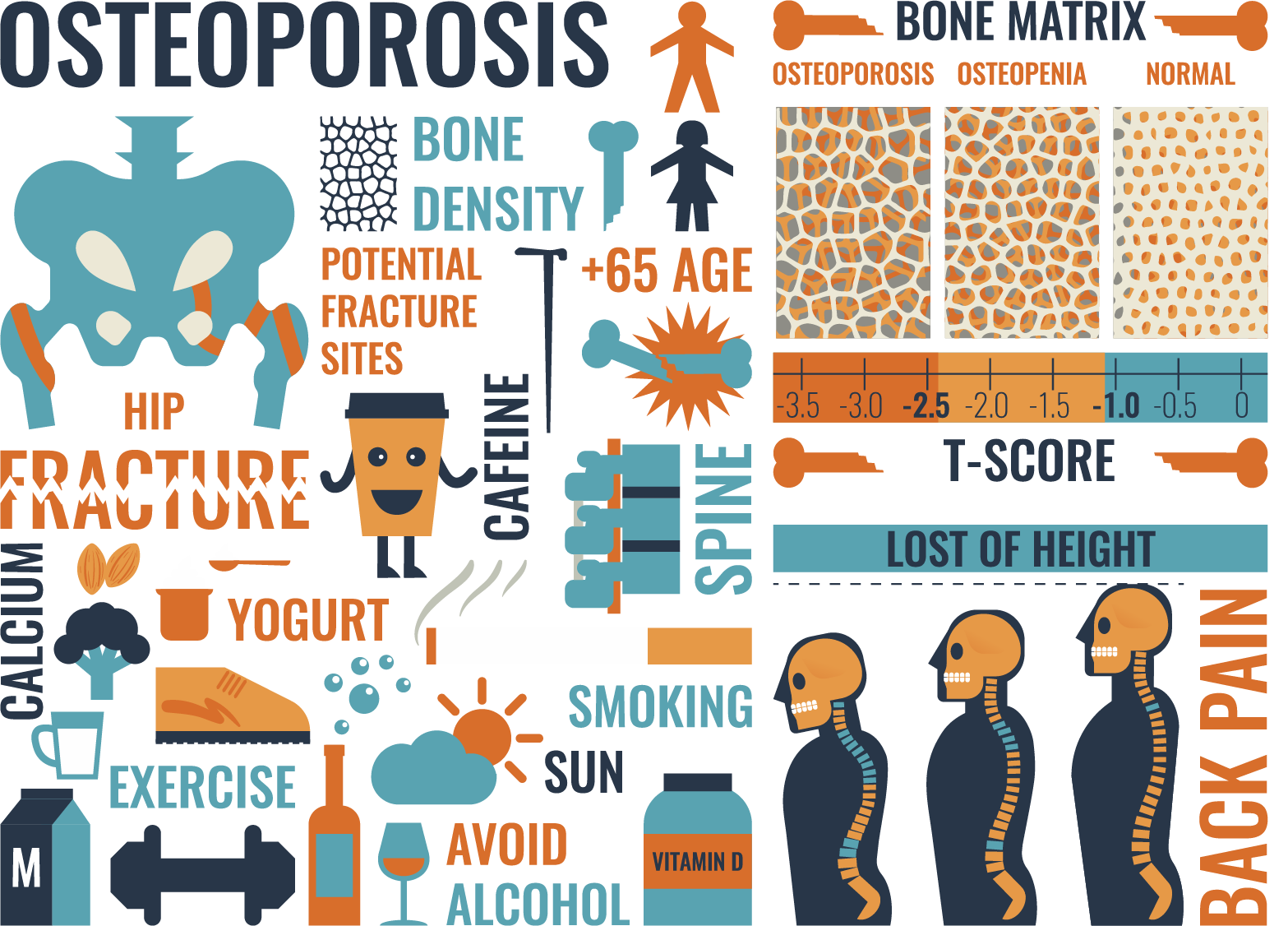

The test usually takes about 10 to 30 minutes.Ī small, portable machine can measure bone density in the bones at the far ends of your skeleton, such as those in your finger, wrist or heel. The amount of radiation you're exposed to is very low, much less than the amount emitted during a chest X-ray. If you have your bone density test done at a hospital, it'll probably be done on a device where you lie on a padded platform while a mechanical arm passes over your body. The narrow neck of your thighbone (femur), next to your hip joint.What you can expectīone density tests are usually done on bones in the spine (vertebrae), hip, forearm, wrist, fingers and heel.īone density tests are usually done on bones that are most likely to break because of osteoporosis, including: At some facilities, you may be asked to change into an examination gown. Leave your jewelry at home and remove all metal objects from your pockets, such as keys, money clips or change. Wear loose, comfortable clothing and avoid wearing clothes with zippers, belts or buttons. Food and medicationsĪvoid taking calcium supplements for at least 24 hours before your bone density test.

Contrast materials might interfere with your bone density test. Virtually no preparation is needed.īe sure to tell your doctor beforehand if you've recently had a barium exam or had contrast material injected for a CT scan or nuclear medicine test. Not all health insurance plans pay for bone density tests, so ask your insurance provider beforehand if this test is covered.īone density tests are easy, fast and painless. To answer that question, you need a more complete medical evaluation. A bone density test can confirm that you have low bone density, but it can't tell you why. Even so, pregnant women should avoid these tests. Bone density testing uses X-rays, but the amount of radiation exposure is usually very small. Test results may not be accurate in people who have structural abnormalities in their spines, such as severe arthritis, previous spinal surgeries or scoliosis. Devices that measure density of the bones in the spine and hip are more accurate but cost more than do devices that measure density of the peripheral bones of the forearm, finger or heel. Limitations of bone density testing include: Request an Appointment at Mayo Clinic Risks Some treatments for prostate cancer reduce testosterone levels in men. In addition to the natural drop in hormones that occurs after menopause, women's estrogen may also drop during certain cancer treatments.

Long-term use of steroid medications, such as prednisone, interferes with the bone-rebuilding process - which can lead to osteoporosis. Fragility fractures can sometimes be caused by a strong cough or sneeze. Fragility fractures occur when a bone becomes so fragile that it breaks much more easily than expected. People who have lost at least 1.5 inches (3.8 centimeters) in height may have compression fractures in their spines, for which osteoporosis is one of the main causes. Regardless of your sex or age, your doctor may recommend a bone density test if you've: Bone scans require an injection beforehand and are usually used to detect fractures, cancer, infections and other abnormalities in the bone.Īlthough osteoporosis is more common in older women, men also can develop the condition. And the denser your bones, the stronger they generally are and the less likely they are to break.īone density tests differ from bone scans. The higher your bone mineral content, the denser your bones are.


 0 kommentar(er)
0 kommentar(er)
